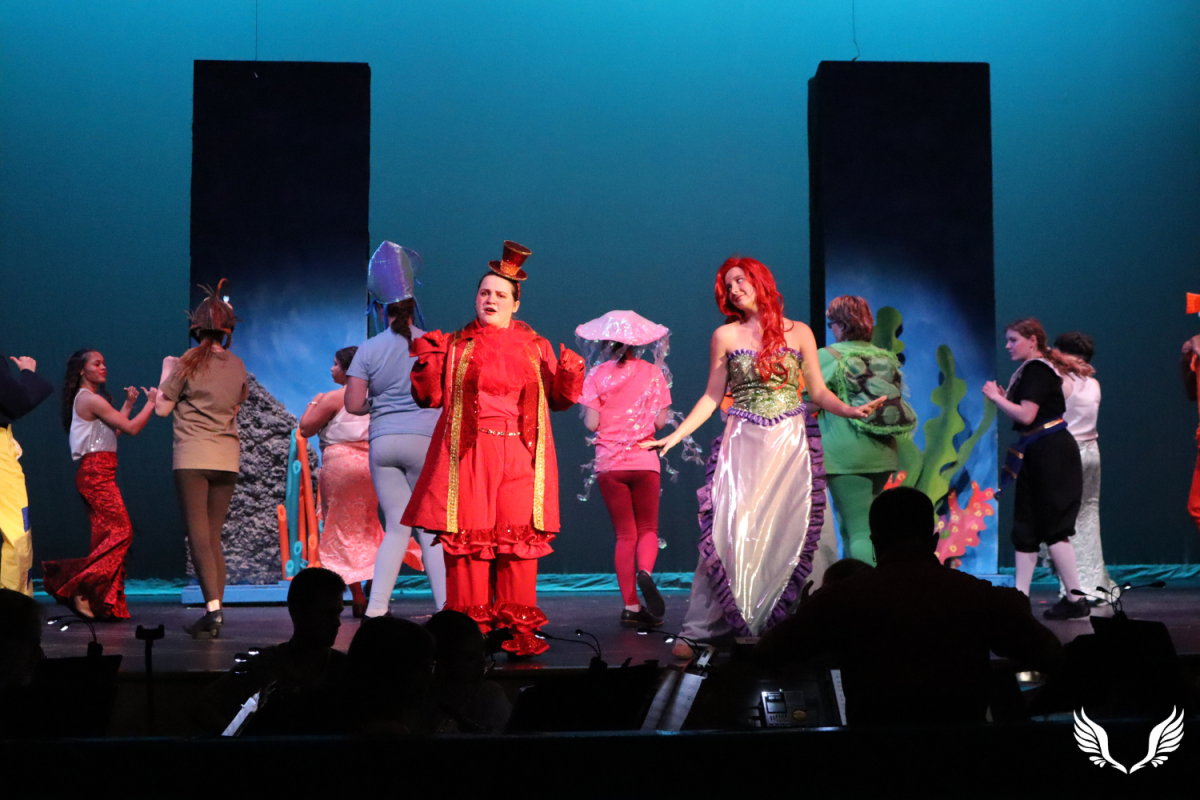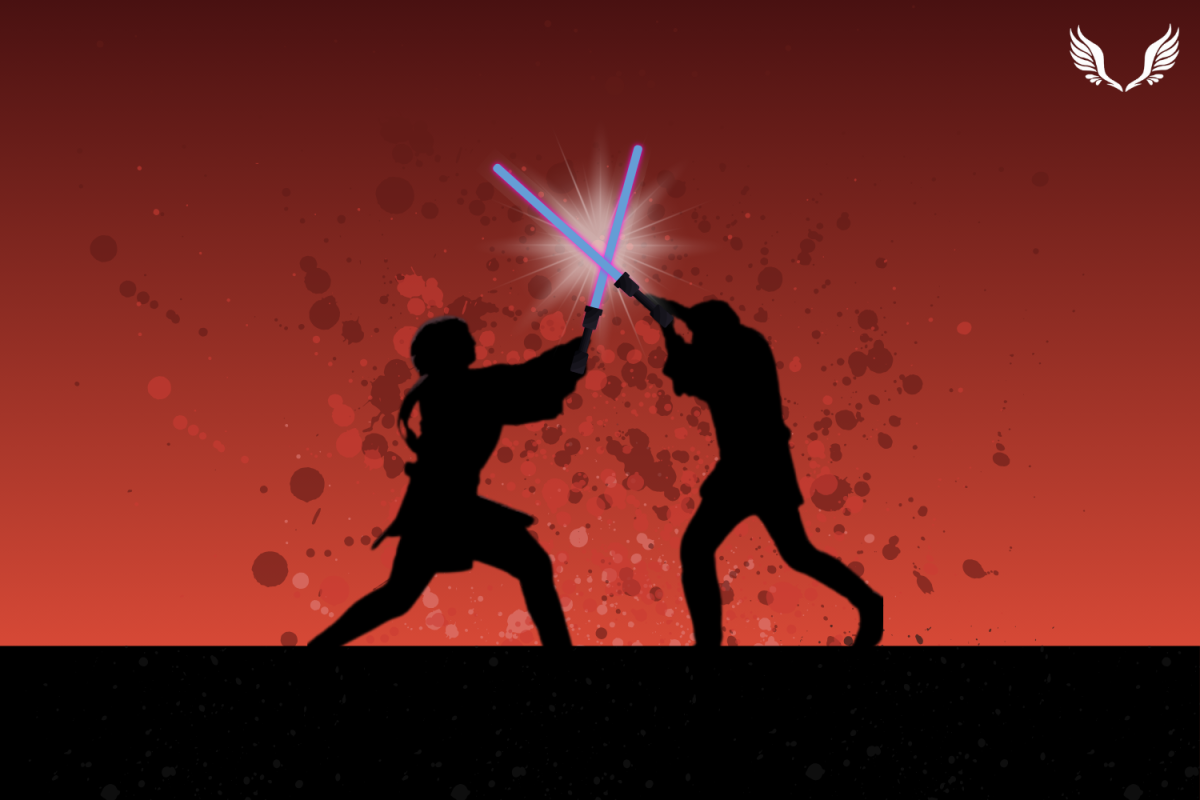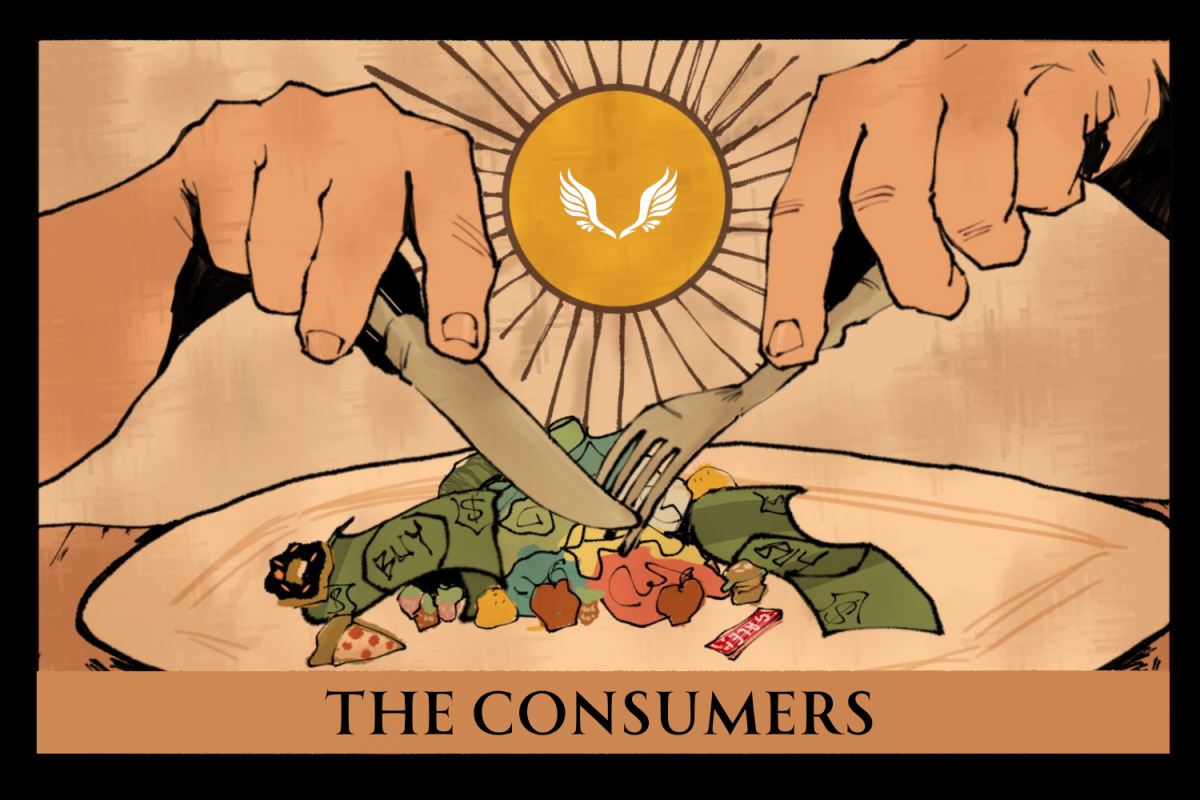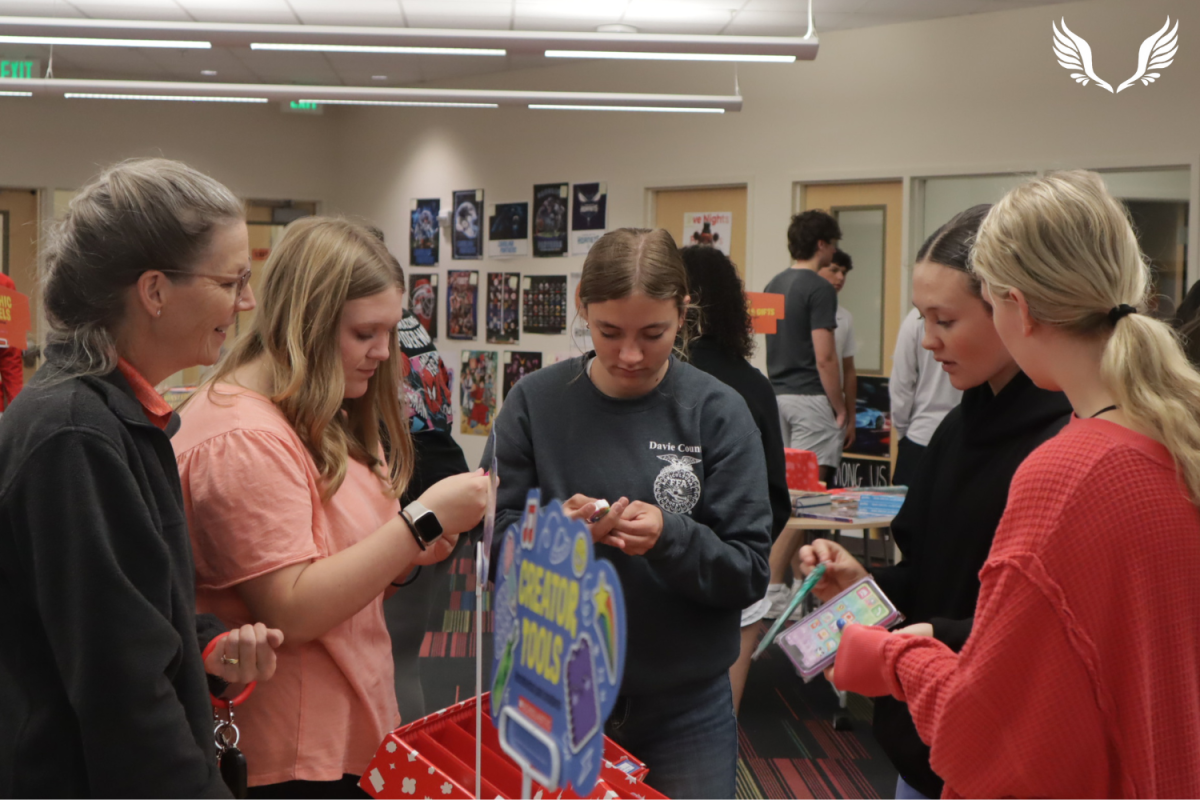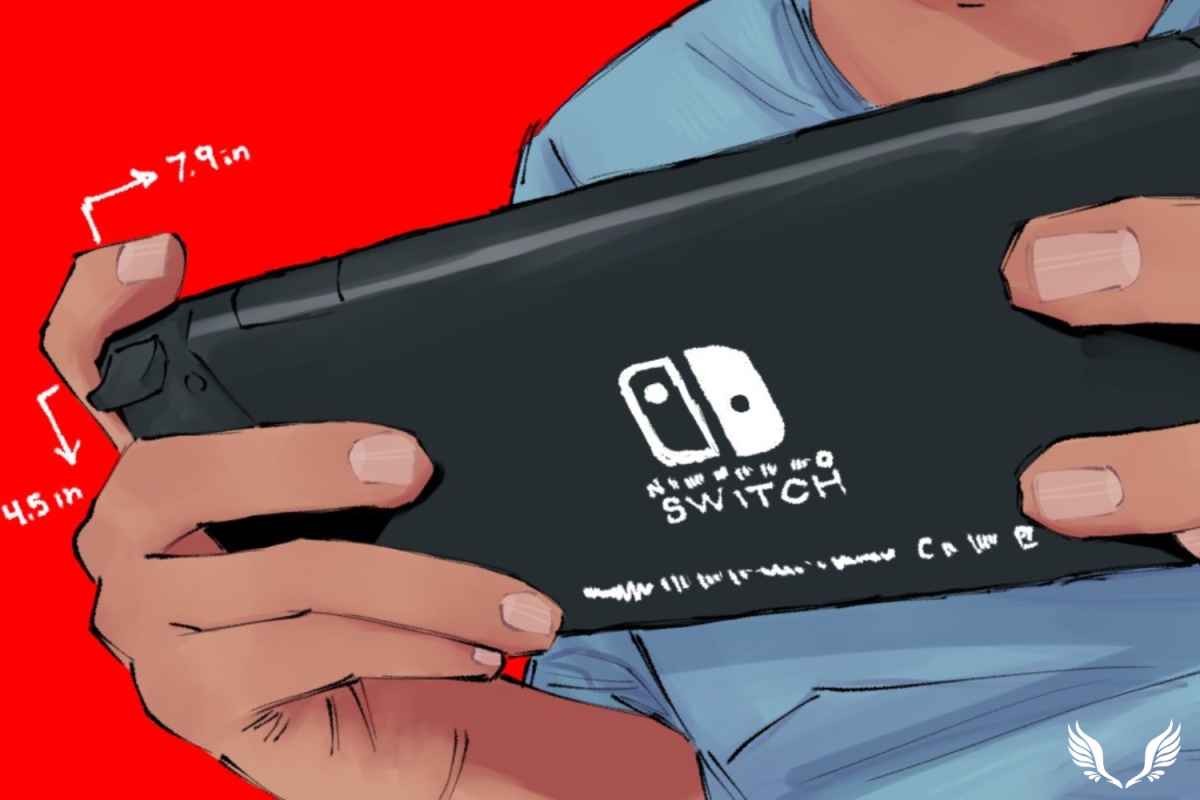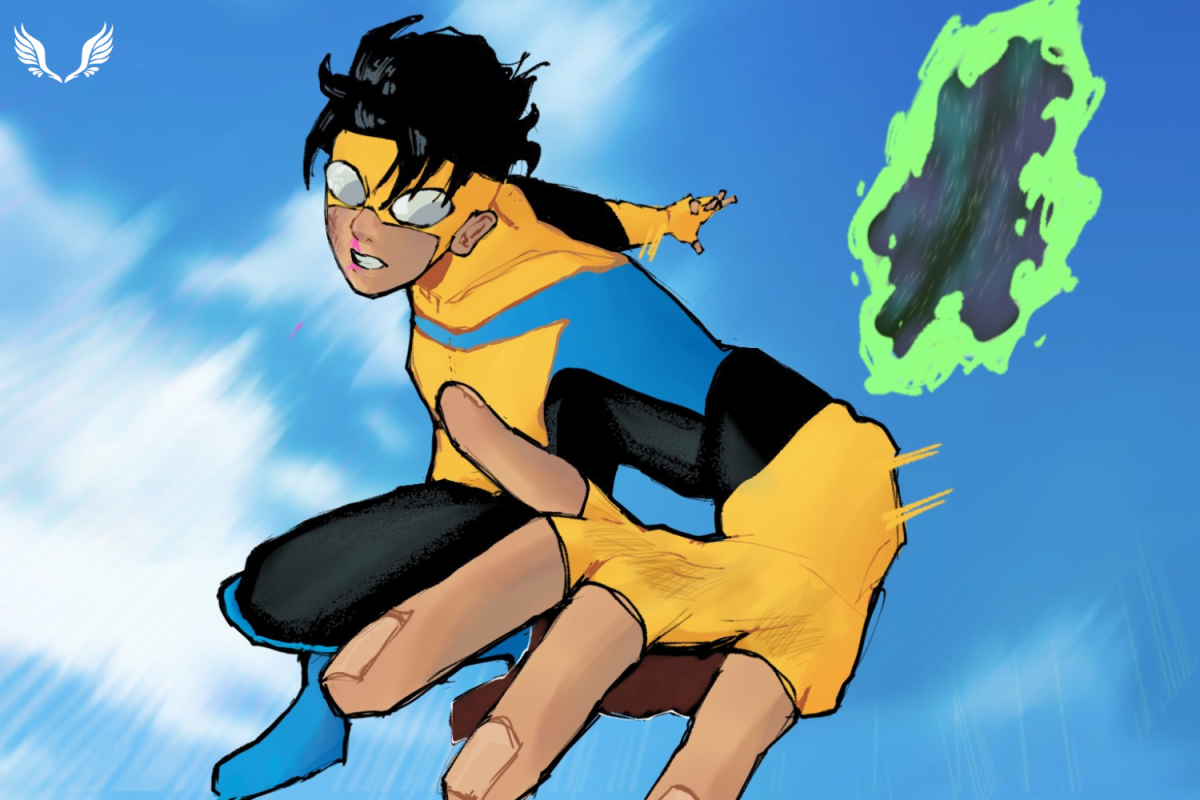Tropes, Trends, and TBRs: How BookTok is Shaping a New Era of Literature
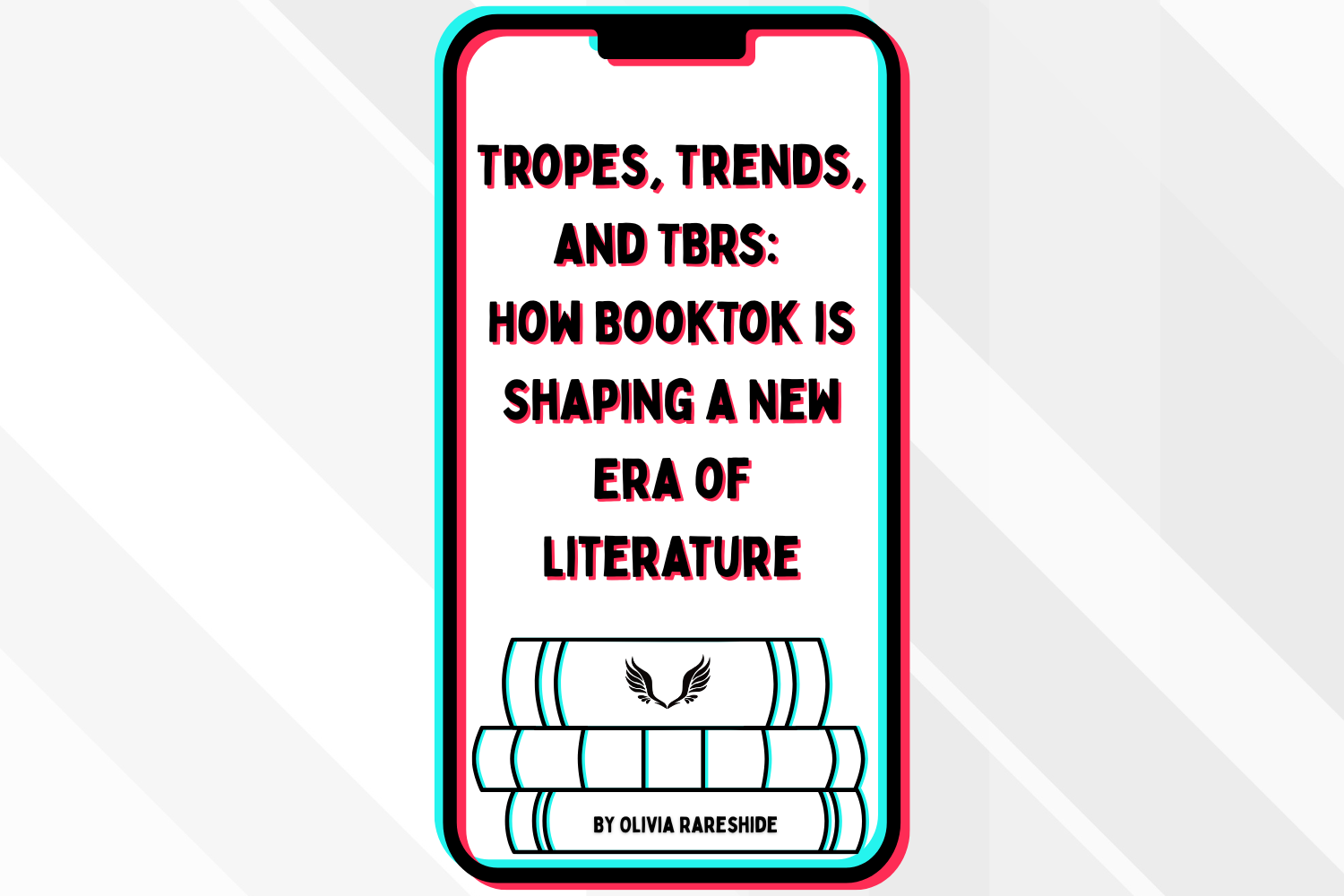

If you’re a TikTok user or consider yourself a reader, then you’ve probably come across TikTok’s reading community at some point. The community, nicknamed “BookTok”, consists of readers, authors, and fans of popular characters from the group’s list of favorite books. The #BookTok has garnered over 200 billion views, landing it among the more popular and lasting TikTok subgenres. What started as a small community of authors and bookworms has evolved into a worldwide phenomenon and guerilla democratizing force. While BookTok has helped self-published authors rise to stratospheric success and brought the joy of reading to new audiences, BookTok has had its fair share of unintended consequences.
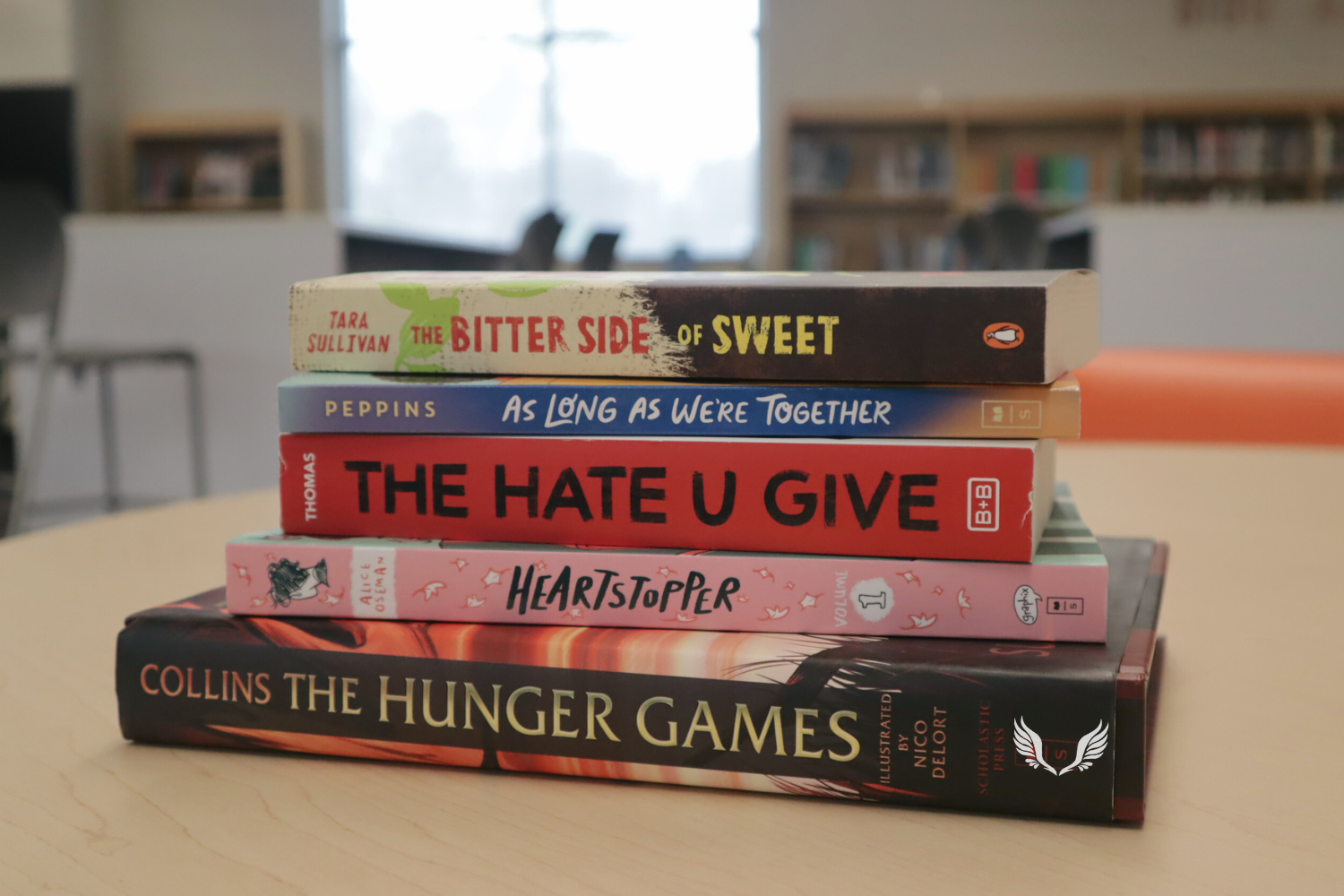
Before the rise of BookTok and social media, publishing a book was difficult. New authors had to first find an agent to help the book reach editors at publishing houses. After the book had gone through the editing process and the rights were sold to the publishing company, the book could be finally be published. Though self-publication (the process of writing, designing, marketing, and publishing a book by oneself without a publishing house) did exist, marketing conventions before social media didn’t typically allow for self-published books to take off in popularity. Liz Noland, a school library media coordinator who previously worked in book publicity at Penguin Young Readers Group and Macmillan Publishers from 2005-2009, described what self-publishing was like before social media and BookTok.
“In those days, it was incredibly rare for a self-published book to break out and become a bestseller,” Noland said. “It was typically a word-of-mouth situation, and then the rights would inevitably be snapped up by a traditional publisher that could help expand sales channels.”
However, as social media expanded and BookTok was created, self-published books were able to break through and become bestsellers. In this new age of publishing, Colleen Hoover has become what many consider the archetype of the self-published author gone viral because of BookTok. When Hoover first wrote and self-published her debut book Slammed in 2012, it didn’t immediately top the bestseller list. It took years for her to gain fans and enough revenue to become a full-time writer, but even then, she hadn’t reached the levels of fame many associate her with today. It wasn’t until videos of fans reacting to her book It Ends With Us went viral in 2020 and 2021 that her novels reached stratospheric success. Hoover’s books, the majority of which were backlist titles, quickly came to occupy as many as six spots on the New York Times bestseller list. This popularity has continued the last few years, despite critics who claim her books are problematic.
Hoover’s rise to fame isn’t the only one of its kind; many modern authors owe their success to BookTok. BookTok has proven to be a powerful force in the publishing industry, allowing self-published and new authors to reach wide audiences in an industry that traditionally gatekeeps; BookTok has helped those authors fight back against a community to democratize it. However, BookTok’s hold in the publishing community can be a double-edged sword.
When a book is published through a publishing house, it undergoes the important process of editing. Editing not only catches spelling errors and sentence structure mistakes but also takes into account the plot and structure of the book to help the author create a more well-rounded story. Self-published books miss the vital process of editing, which detracts from the book’s value. Many books that were hastily self-published and subsequently went viral on BookTok contain spelling and grammatical errors and underdeveloped plots with confusing loopholes. Although BookTok has helped self-published authors find success, it has also incentivized new authors to self-publish books that, had they been published the traditional route, likely would still be in the rough draft stage.
As BookTok makes it easier for new books to be published, a need for marketing is created. Books rarely sell without the author or publishing house attempting to push it out to audiences. Before BookTok’s creation, books were typically marketed through word-of-mouth situations (book clubs, for example) or by being sold at a brick-and-mortar store. As internet platforms started to take shape, online book communities like Goodreads and selling platforms like Amazon created a few new avenues for book marketing; however, the power of these communities now pales in comparison to the marketing tool that BookTok has become. Part of that power comes from BookTok’s core of being a community of readers. Peer-to-peer recommendations have long been a useful marketing tool, and the short video recommendations on BookTok are essentially peer recommendations from reader to reader.
Average BookTok recommendation videos contain an aspect unique to BookTok; instead of creators focusing on the core parts of a book, like character development or plot complexity, many creators focus on the emotional reactions they get from reading the book. Some post videos of themselves crying as they reach the last page, tears streaming down their face as they process the ending of an emotional story. Others film themselves angrily throwing a book across the room after a character makes a bad decision. These clips of emotional turmoil aren’t focused on overarching themes and concepts but on shocking twists and gut-wrenching events. Although these videos don’t give much insight into the content, they can easily persuade readers to pick up the story. Freshman Meghan Russo said that these emotional videos pique her interest.
“They have definitely made me want to know more about a book, and specifically what warranted that reaction,” Russo said. “I personally think that the more gut-wrenching the book, the better it is, so those types of videos really interest me.”
BookTok creators and the books themselves have started to cater to the emotional journey of the reader rather than the journey of the actual characters. While strong emotional reactions can influence readers, another aspect of BookTok recommendations is having a significant impact on how authors market their books: short-form content. At its core, TikTok is a platform for people to create and share short videos and clips. Various studies have shown that TikTok decreases the human attention span, and this phenomenon is particularly evident in youth. BookTok, despite being centered around reading (which requires a longer attention span), is still a collection of short videos. Therefore, in order to catch a user’s attention, authors attempting to market their books must hook users within a few seconds. This can seem like an impossible task without spoiling a book or giving away its major plot twists because it usually is. If an author wants to market a book to a population with short attention spans but an inclination to seek strong emotional engagement, spoiling stories and giving away the plot within a few seconds is how to grab attention. Sadly, many authors have given in to this marketing pressure, boiling their stories down into what a reader can gain emotionally in a short time.
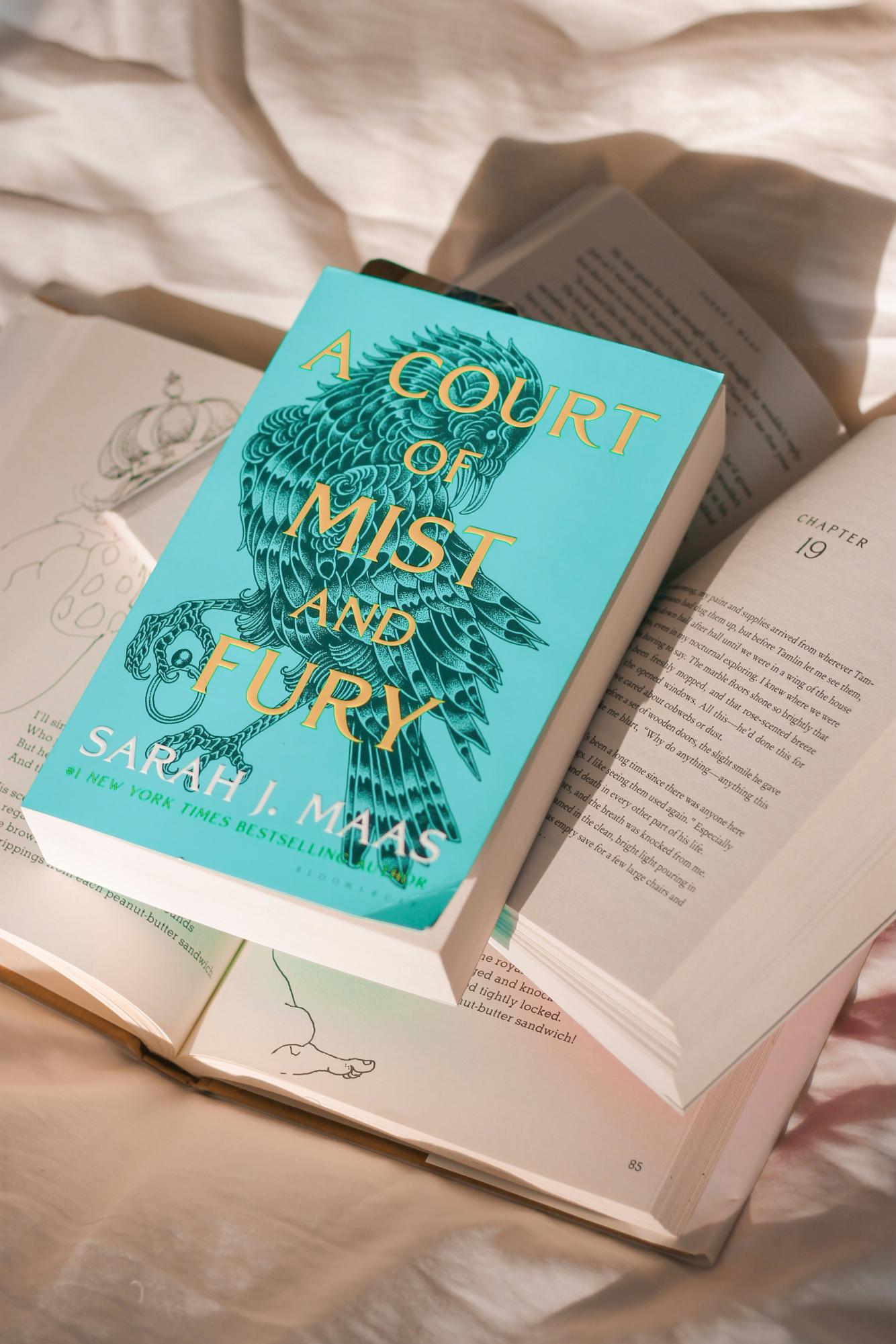
The most popular genres on BookTok are undoubtedly romance, fantasy, and young adult fiction, the result of the overwhelming majority of BookTok users being young women. Until the rise of BookTok, these genres (along with the literary opinions and interests of women) were vastly undervalued in the literary community. Although some books in the romance and fantasy genres, such as “Twilight”, have seen immense success because of female readers, it was rare for romance, fantasy, or YA novels to see the success they have today. In BookTok’s beginning stages, the smaller community of new authors and dedicated readers proved to be an effective space for new voices and books to emerge; however, as BookTok has grown in popularity, it may now have the chance to homogenize the industry and lessen readers’ scopes. When Liz Noland was asked if she thought that social media has diversified the reading community, she responded that it both has and hasn’t.
“I think social media has helped publishers understand the popularity of certain genres that did not get as much publicity exposure in traditional media outlets: newspapers, magazines, radio, and TV… Genre fiction like romance, fantasy, and thriller-horror did not get as much coverage as mainstream media, even though they had dedicated readers.” Noland said. “As books in these genres have exploded in their exposure on social media, traditional publishers have realized that the market for these genres is larger than they previously thought and they are absolutely putting more resources into buying, marketing, and printing books in these genres.”
While it’s great to see that women have had such an impact on the literary community, the explosion of the popularity of genre fiction can pressure authors into writing books that fit into clean, organized boxes, therefore lessening the diversity of books.
As a result, BookTok has seen a rise in shallower, trope-filled stories. A major critique of the BookTok community is that books popular on the app have been reduced to sensationalized, aesthetic-focused, and trope-centered stories. To draw more people into the BookTok community, creators have, knowingly or unknowingly, marketed books based on trends and “tropes.” Tropes are literary devices that convey ideas, concepts, or patterns with a referential meaning. Popular tropes on the app often relate to romance books, with the love interests being marketed as an “enemies-to-lovers” couple or a “grumpy/sunshine” duo. These tropes are used to market and write books because they catch the eye of readers with short attention spans. Tropes are constantly fluctuating in and out of popularity and can be discarded after their time limit is up; much like fast fashion, tropes trend in the BookTok community before being thrown out for something shinier and more alluring. BookTok critics argue that as books have been boiled down to these small nuances, BookTok is reducing popular literature to cookie-cutter, shallow stories. When Noland was asked about her opinion on this critique, her response was similar.
“As a librarian and voracious reader, I’m constantly searching for that special experience of reading a book or author for the first time and discovering something different than what I’ve read before,” Noland said. “But both traditional publishers and self-published authors are inclined to follow the formula of what has already been successful on capturing social media attention.”
Tropes aside, BookTok can actually reduce readers’ scopes because of the TikTok algorithm. Simply put, the TikTok algorithm collects information about videos that users engage with and continues to recommend similar videos to increase engagement. If, on BookTok, a user engages with videos related to fantasy books, they will be proffered more such videos and won’t be exposed to other genres. This could become an issue for both readers and authors, as readers lack awareness of books outside their limited scopes and authors struggle to reach readers outside of the fans of that particular genre.
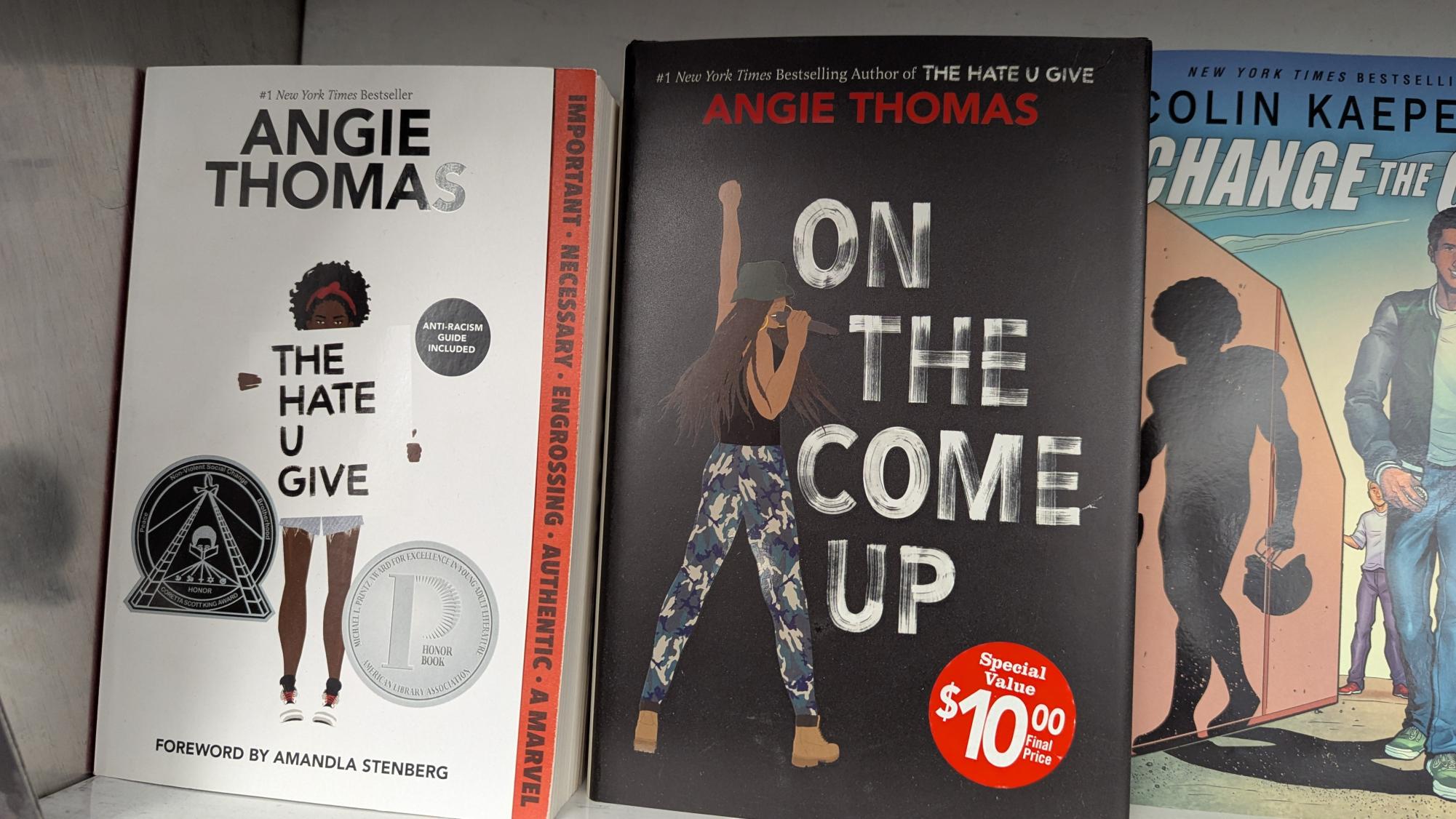
Reading is inherently a private act; it requires the reader to open their minds to new perspectives, windows, ideas, and challenges. Reading is something done by oneself for oneself, yet BookTok has started to change that. In recent years, the hobby of reading has definitely gained traction, so much so that even popular celebrities (take Dua Lipa or Reese Witherspoon, for example) have expressed their interest in reading outwardly by starting book clubs and giving recommendations. BookTok is culpable for this shift of perception, yet as reading has become more popular, the act of reading has been manipulated and warped. Instead of people simply reading, many have become focused on being perceived as someone who reads. The act of reading has become replaced with the desire to be labelled a reader.
This trend of aesthetic-centered, performative reading has hidden dangers. While the label of being a reader has become desirous, literacy rates are declining across the board in the U.S. An alarming number of adults and children in America are below expected levels of reading proficiency. While it is good that more people want to read, if they are focusing on aesthetics and creating the environment of a reader instead of actually reading the words on the paper, society will suffer. For BookTok to wield its power in a way that will help society, it will need to pivot from promoting the appearance of reading to encouraging more actual reading.
BookTok is a multifaceted community and force in the 21st century, and if trends continue as they have now, BookTok is likely here to stay. While this can have both good and bad implications, it is important for authors, readers, publishers, and society in general to be aware of how BookTok is impacting their lives. Noland, when asked what role she thought BookTok would play in the future of the publishing industry, discussed the importance of awareness.
“I think that both self-published authors and traditional publishers will continue to focus marketing on social media outreach, which includes spending money on sponsored content from influencers,” Noland said. “For readers, this means it is important to have awareness of how social media is influencing them. In the same way that older generations might have chosen to buy a book based on seeing a newspaper advertisement or website banner ad, readers today are swayed by content (increasingly paid content) on social media.”
Overall, as readers continue to use and engage with BookTok, the community will inevitably shift and transform, and—as BookTok’s users can only hope—it will continue to be at heart a community of literature lovers.
Your donation will support the student journalists of Davie High School. Your contribution will allow us to purchase equipment and cover our annual website hosting costs.

